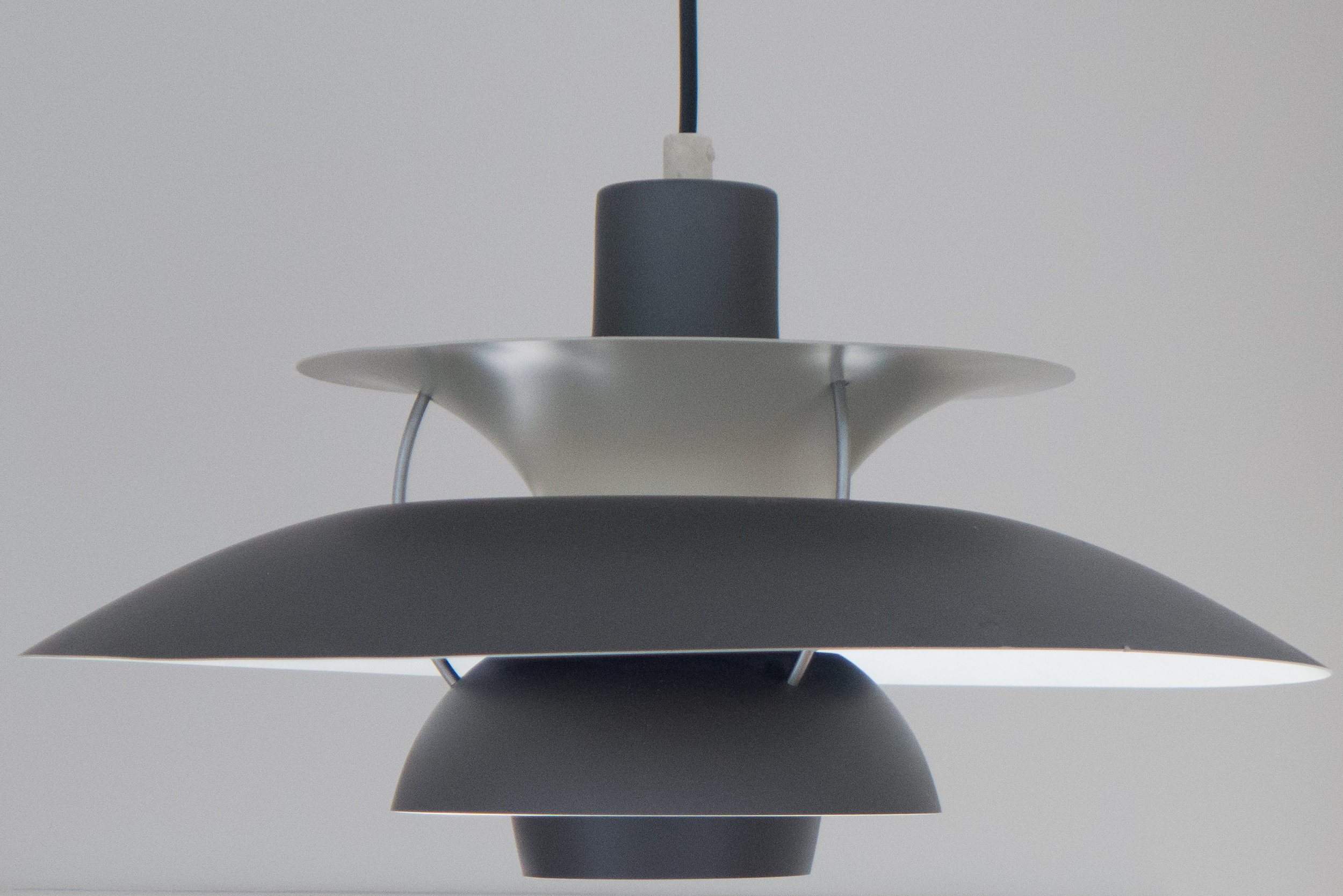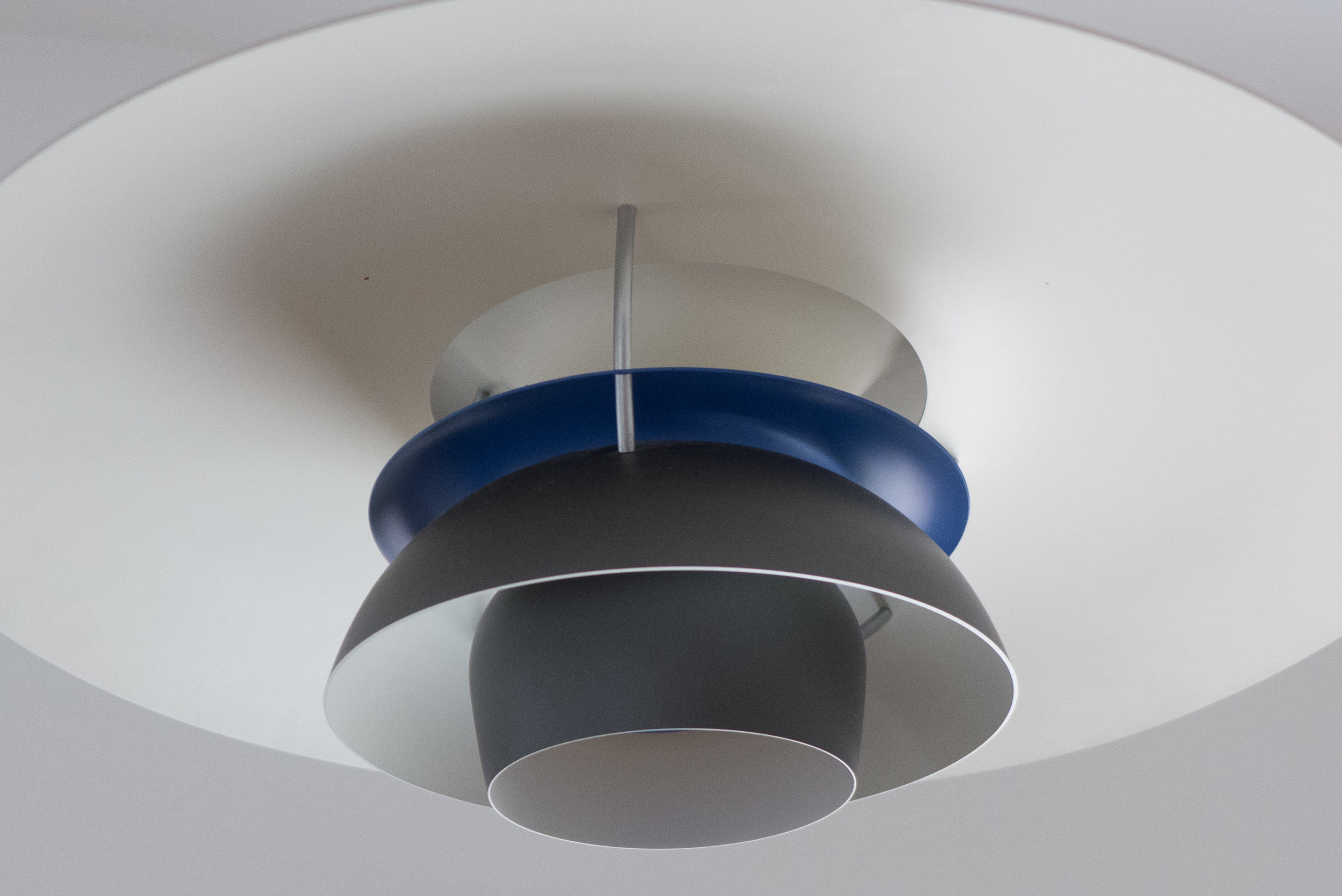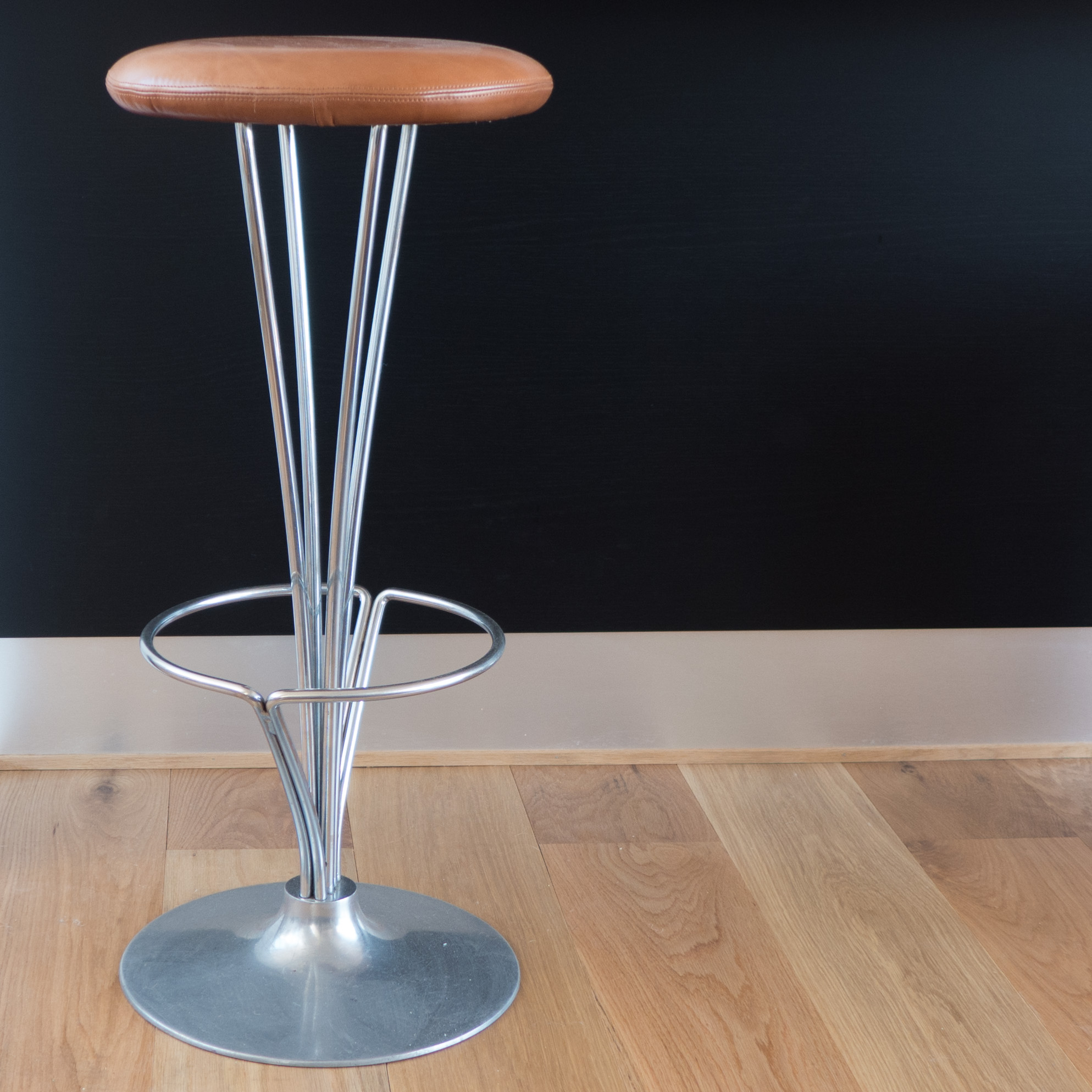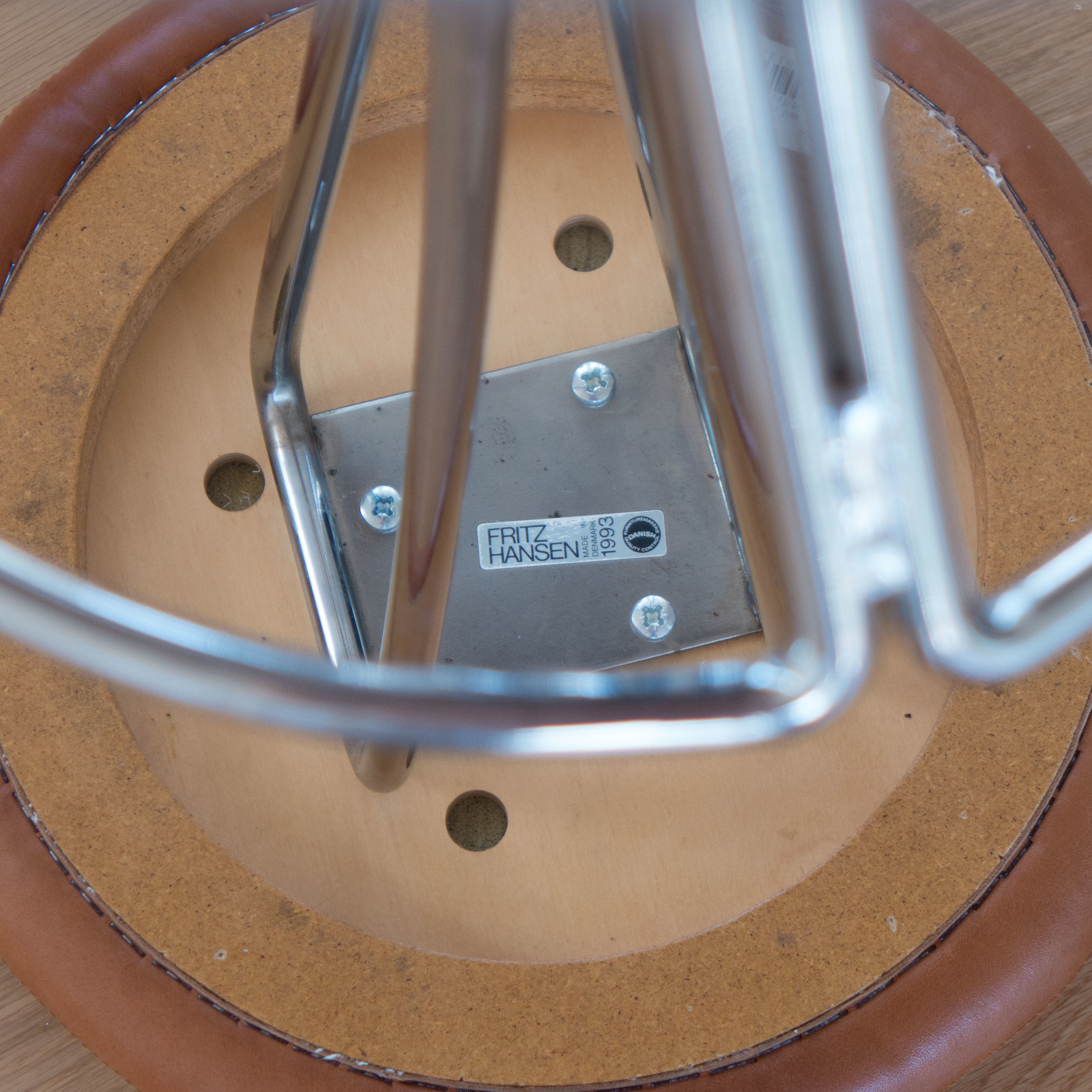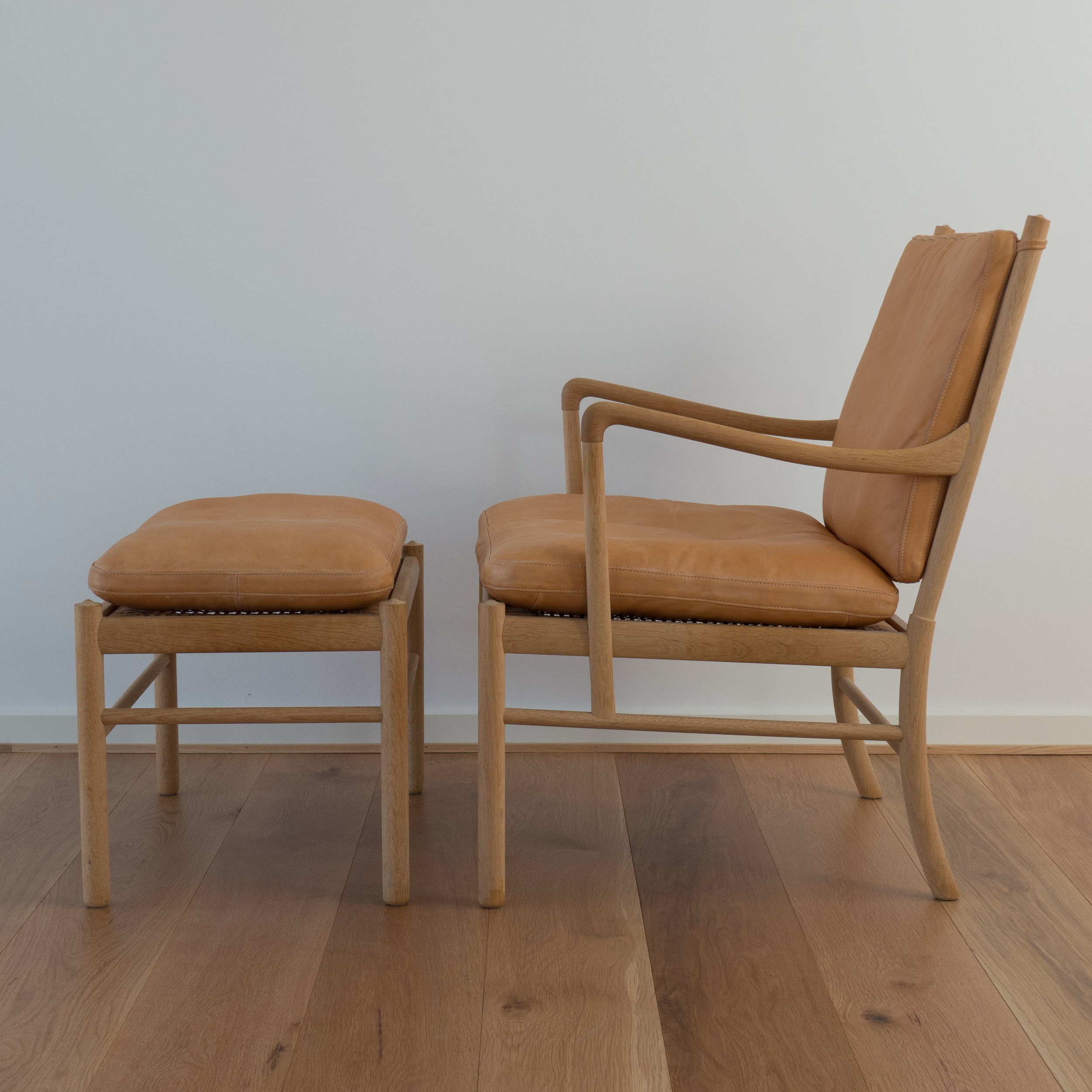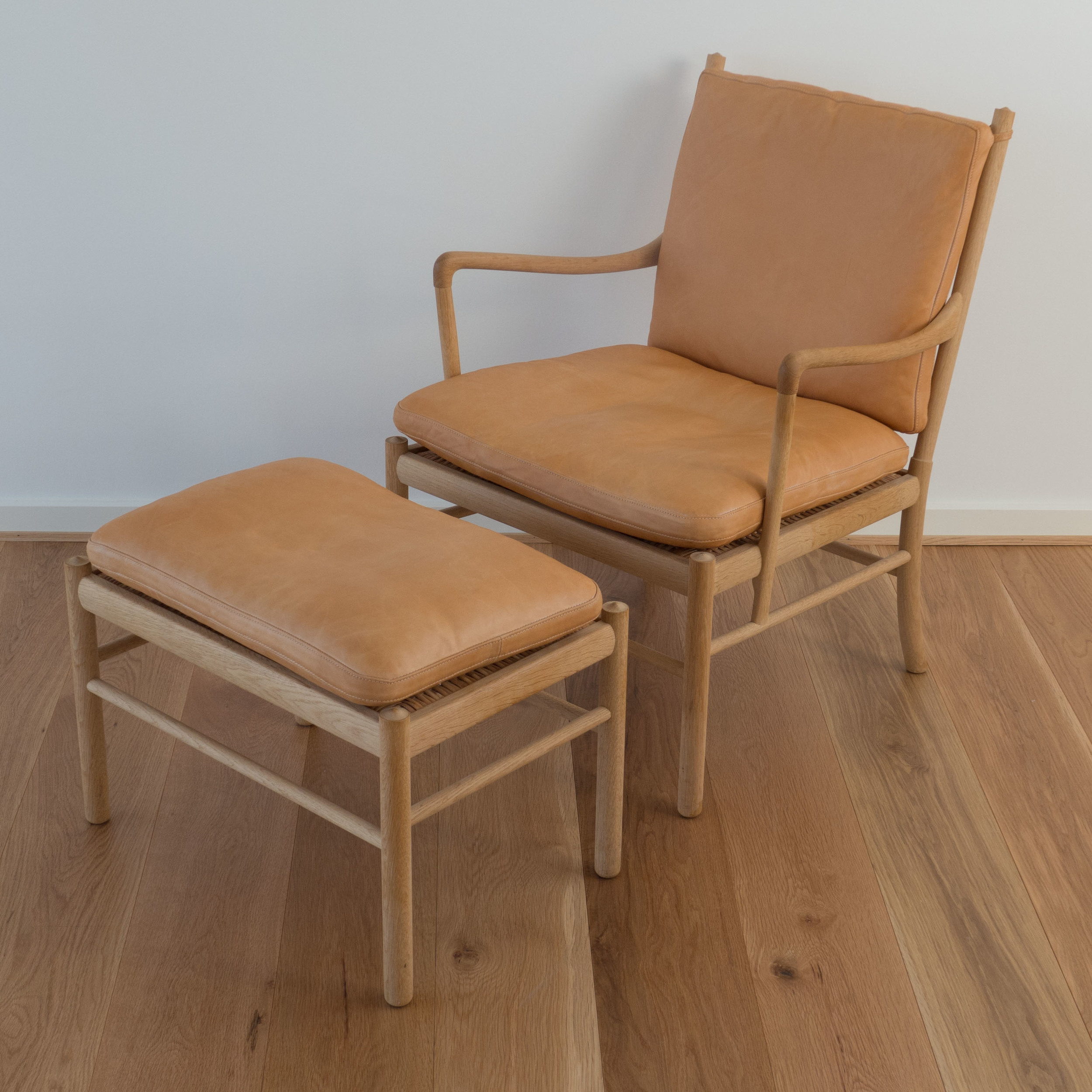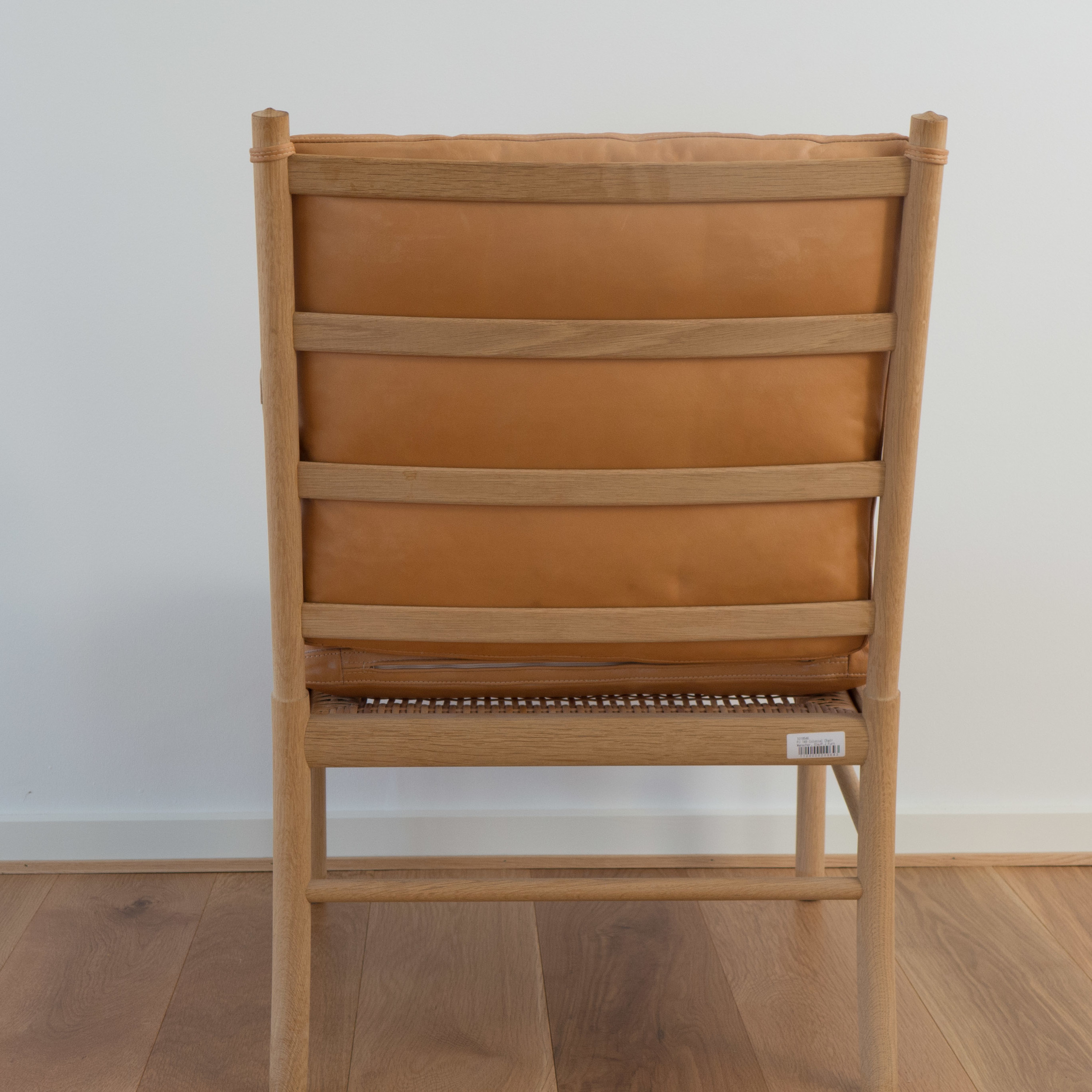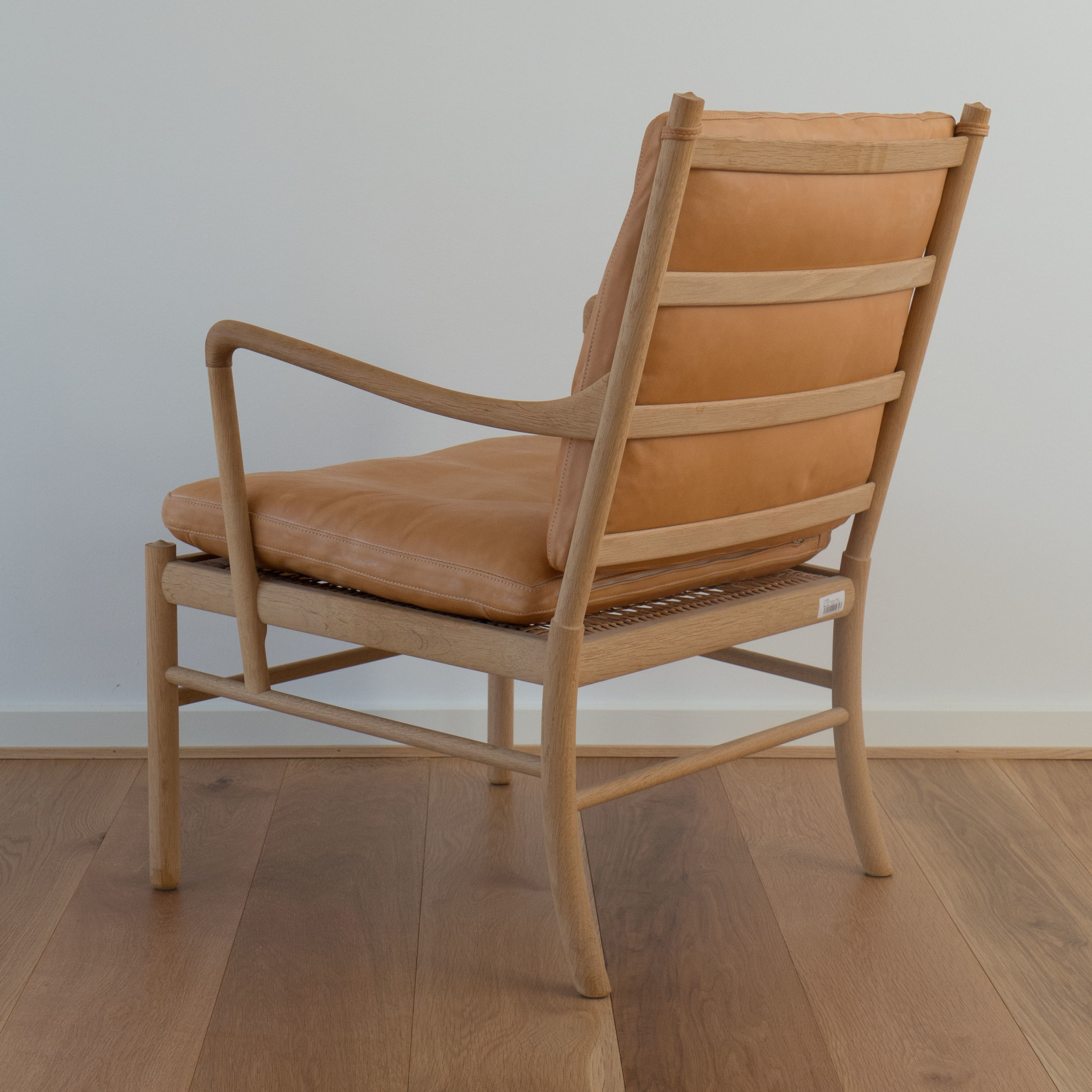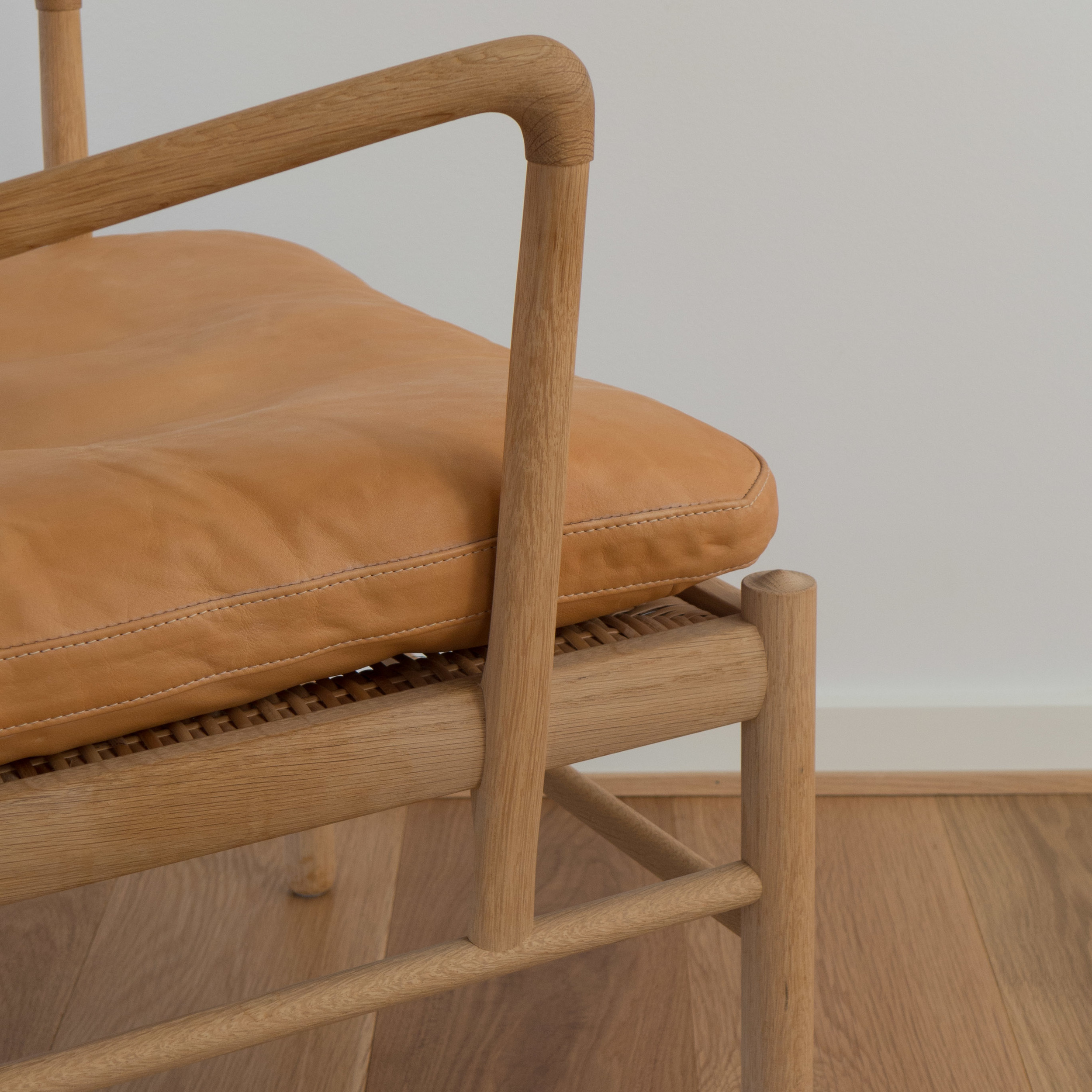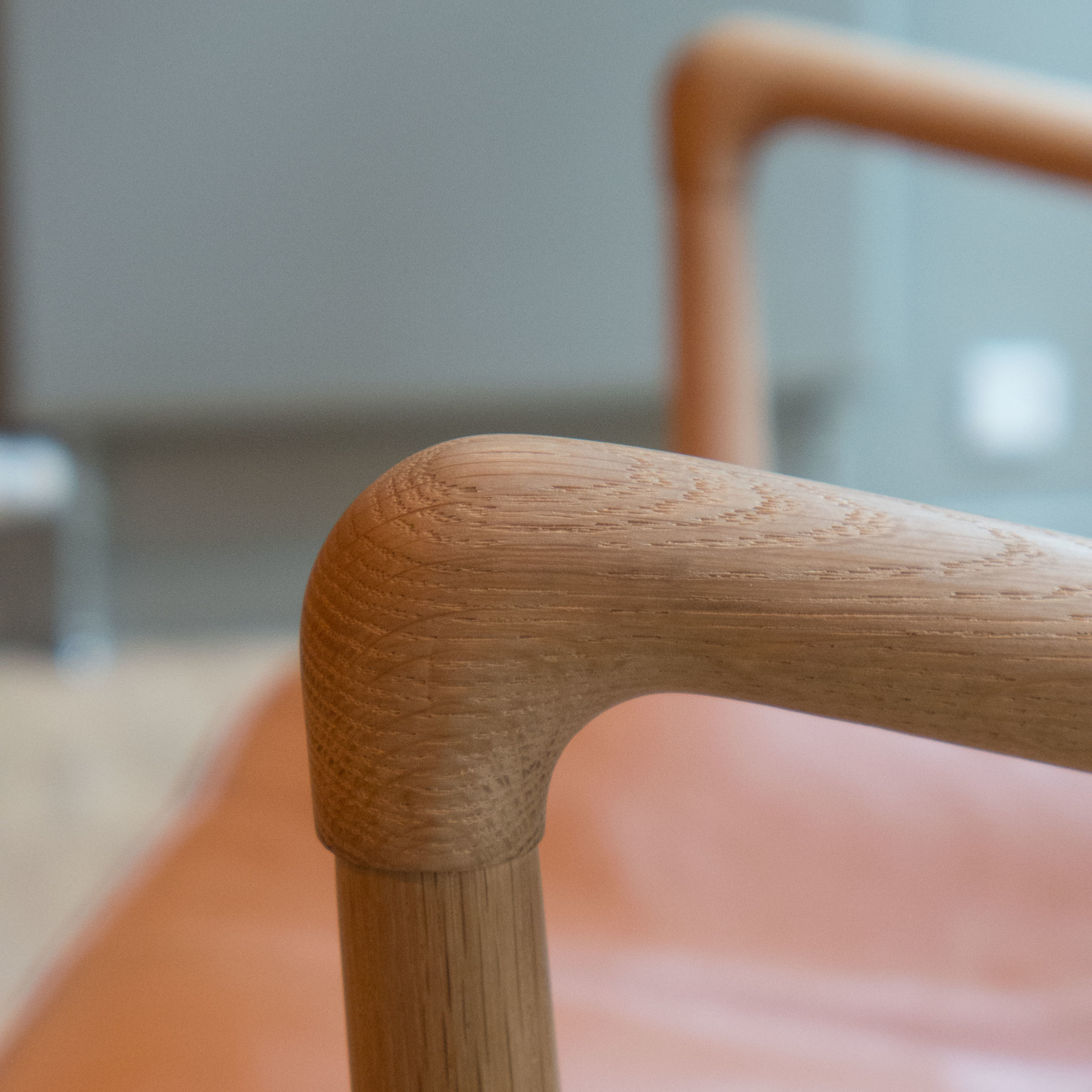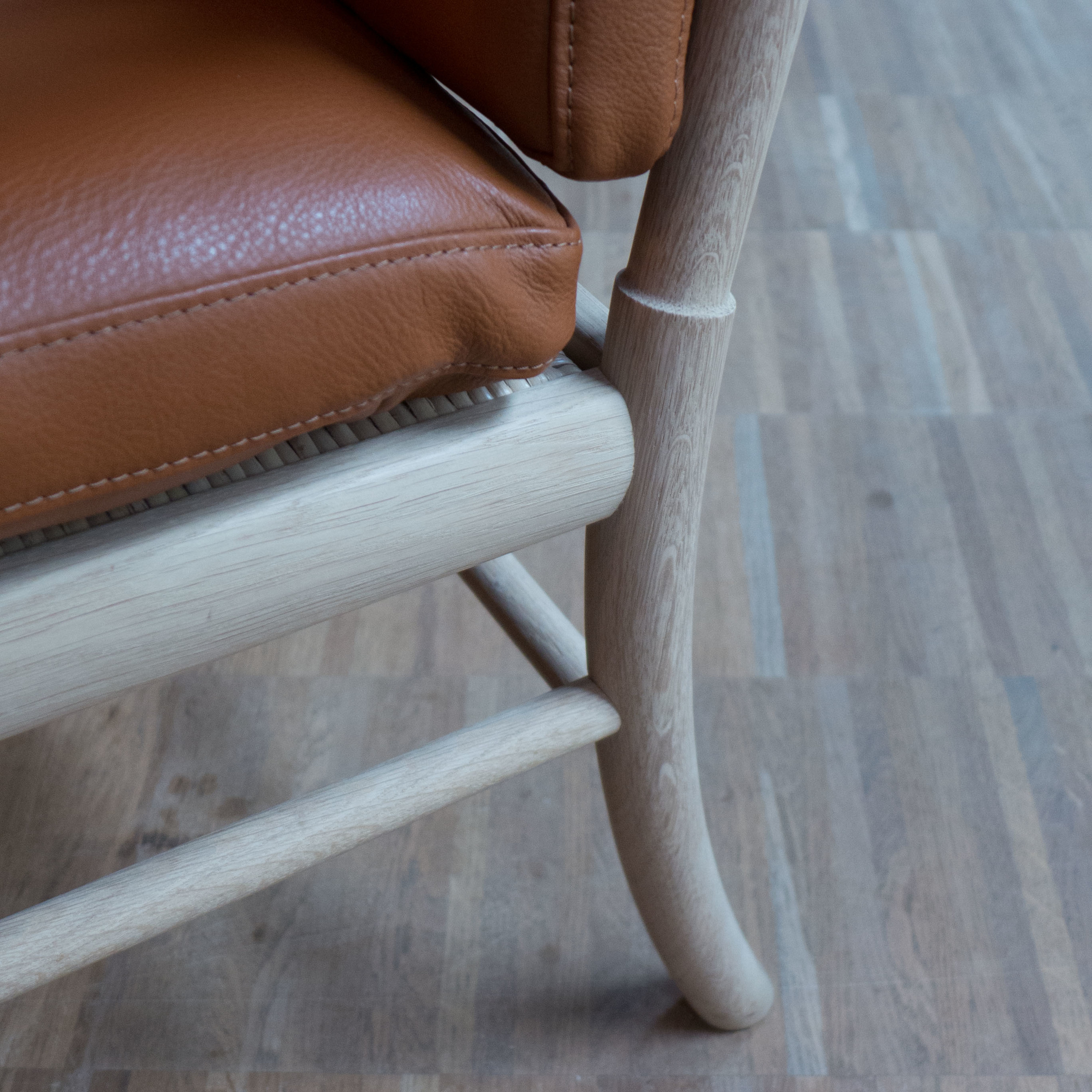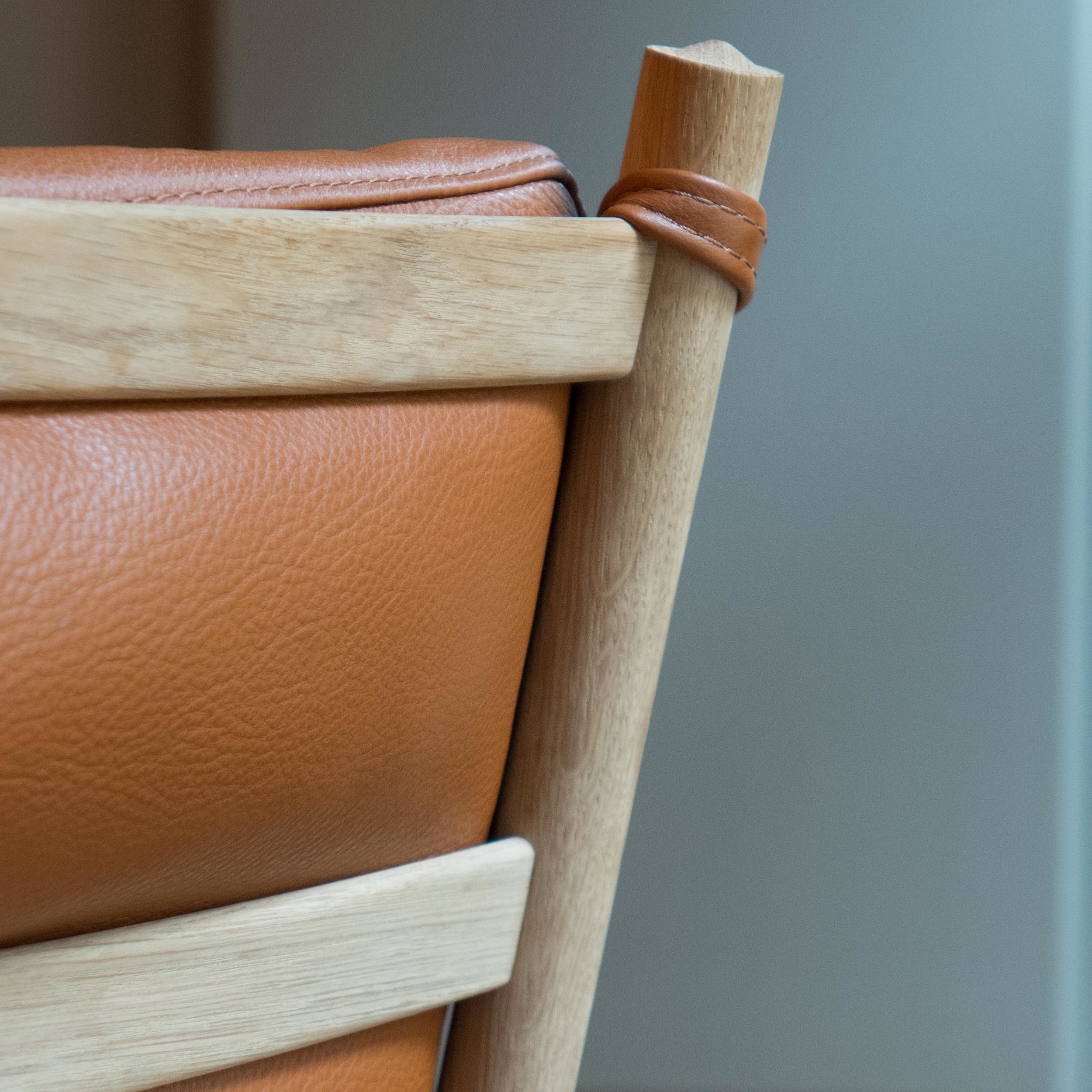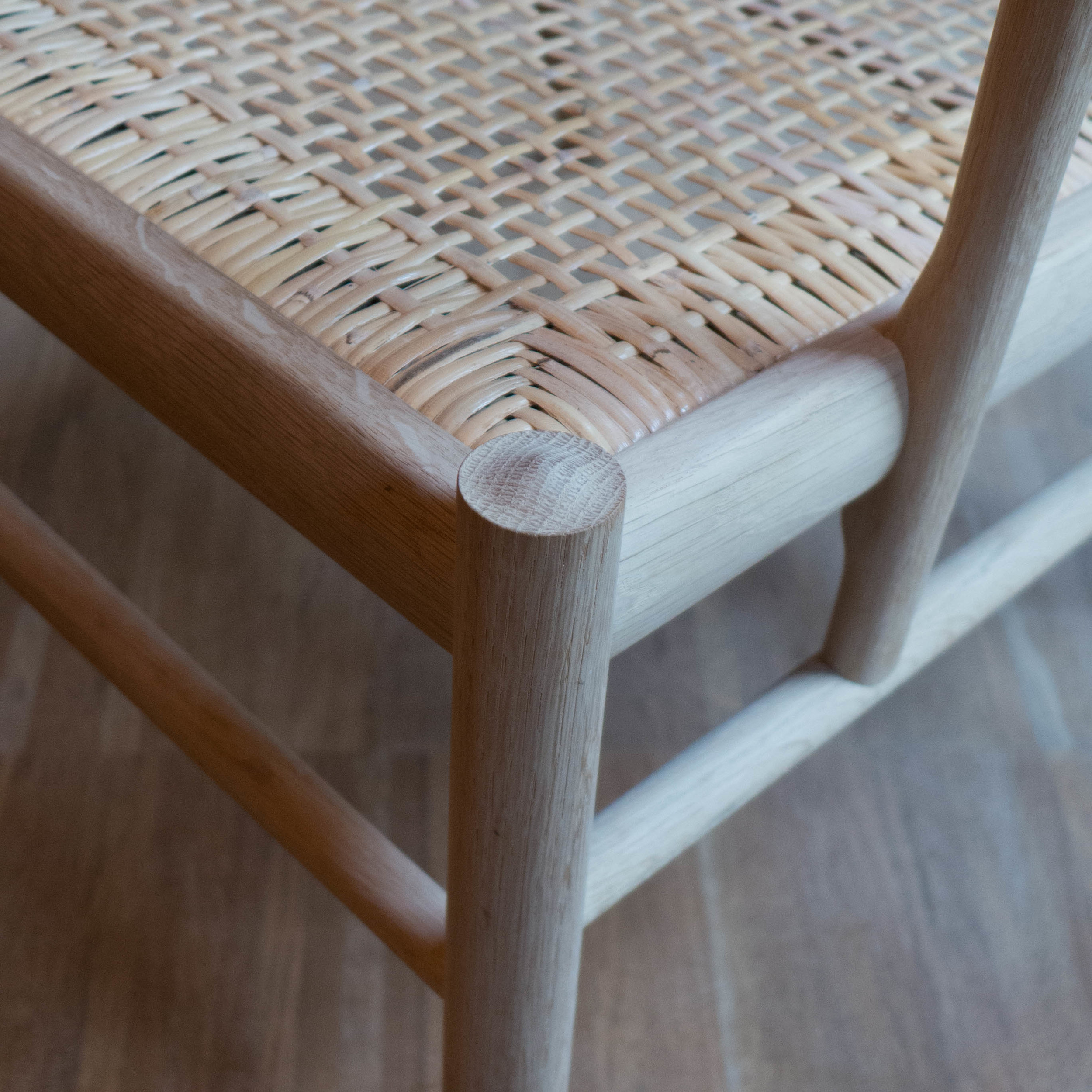design classic: PH 5 lamp by Poul Henningsen 1958
/With his designs for lamps and light fittings, Poul Henningsen sought to control electric light to produce even and glare-free illumination. His drawings show detailed studies of how light was reflected back off surfaces and it is said that he had a study or work room at his home in Hellerup where the walls were painted black so that he could trace the way light spreads out or, for pendant lamps, he could see how different curves on metal or glass shades could be used to direct some light down and some of the light up to reflect back off the ceiling.
He established his own independent studio in 1919 and with the Danish lighting company Louis Poulsen his first lamps were shown in Paris in 1925. Through the next 40 years he produced a series of lights that used a combination of shallow, curved shades, in either metal or in glass, that focus the light down or out at an angle across a wider area and these were combined with coloured baffles to change the colour tone of the light or he used a series of flaps or petals, again of glass or metal, to hide the light source and control the direction and angle of the beams of light.
These different lamps might appear to be about appearance - about style and fashion - or, with the very large lights, about drama but in fact they allowed for such a precise control of artificial light that they were used in work spaces and in museums and galleries - used in the first trade exhibition on the opening of Forum in 1926 and in the exhibition spaces and staircases of the Design Museum in Copenhagen - and even, on long stems set at an angle, installed in ranks to floodlight indoor tennis courts.
The PH 5 was first produced by Louis Poulsen in 1958 and is a large lamp with five metal shades 267mm high and with an overall diameter of 500mm but it has been so popular in Denmark that it has been claimed that every Danish family has at least one PH 5 light.
Poul Henningsen was also a writer and critic and when the PH 5 was released he wrote with self-mocking humour:
“For a generation I have believed that consideration for the consumer and common sense would prevail, but now I have become a fatalist. I have accepted fate, and with Louis Poulsen´s permission I have designed a PH fixture which can be used with any kind of light source, Christmas lights and 100 W metal-filament bulbs. Although a fluorescent tube would be too much to ask in the existing form!”
note:
The PH 5 lamp in the photographs has slightly warped shades and some small dents in the edge because it has been used in at least four different apartments - at least four as I bought it at an antique market attracted by its unusual deep grey colour. Over the years it has had two trips across the North Sea and has been dropped at least once by removal men. Needless to say, new lights from Louis Poulsen are perfect - you have to add your own marks to make it yours.



